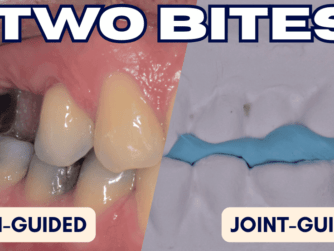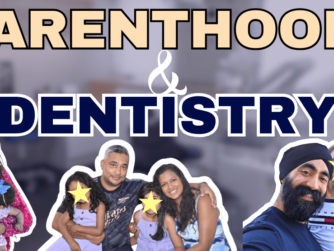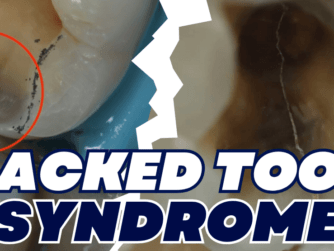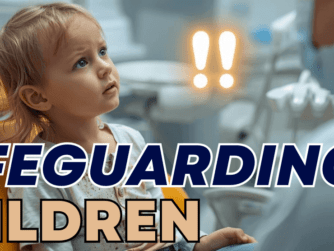Podcast: Play in new window | Download (Duration: 58:55 — 83.4MB)
Subscribe: RSS
Two ‘TMJ Queens’ in Two Days – another tribute to International Women’s Day last week and what better than having Dr Priya Mistry from USA who has limited her practice to the treatment of Temporo-Mandibular Disorders.
I first discovered Dr Priya Mistry’s fantastic content on YouTube – I really enjoyed her style of content presentation. I quickly saw her grow on this platform and help so many of the public with their TMD concerns.
I realised that a lot of what she has to share is not just helpful for patients, but is really useful and helpful for Dentists, especially as many of us find the TMJ to be a mystical joint! I probe Dr Mistry about her full examination protocol for a typical TMD patient so we can gain insight in to how Dentists limited to TMD get to a diagnosis – arguably the trickiest part!
Some parts of her specialised exam is already familiar to us – the usual palpation and range of motion measuring. Other parts are very different, such as measuring leg-length and really analysing the postural chain. Also, there are a lot of pre-appointment questionnaires that patients need to fill in advance of the appointment.
The main take-home from this episode is to figure out when to treat TMD patients yourself in practice, and when to refer to someone like Dr Mistry. I enjoyed her ‘4 levels of TMD’ which was very easy to follow.
If you enjoyed this episode, do check out the episode with Dr Gurs Sehmi where I probe him for the full protocol examination for his Smile Makeover treatments!
Enrollment for SplintCourse ends on Friday (thanks for all of you who joined from around the world!) I look forward to catching you on the Monthly Live Webinars:









[…] If you enjoyed this episode, do check out TMD Full Exam with ‘The TMJ Doc’ Dr. Priya Mistry […]
[…] One thing that sets Dr. Mistry apart from other professionals in her field is her commitment to education. She frequently posts informative videos on her YouTube channel that cover various aspects of TMJ disorders, from what they are to how they relate to other issues like ADHD. She also highlights her own experiences as a working mother, offering a unique perspective on her profession. Dr. Mistry’s passion for helping patients is evident in her work, and she works tirelessly to ensure that her patients receive the best care possible. Overall, Dr. Priya Mistry DDS is a dedicated dentist who is committed to helping those who suffer from TMJ disorders. [1][2] […]